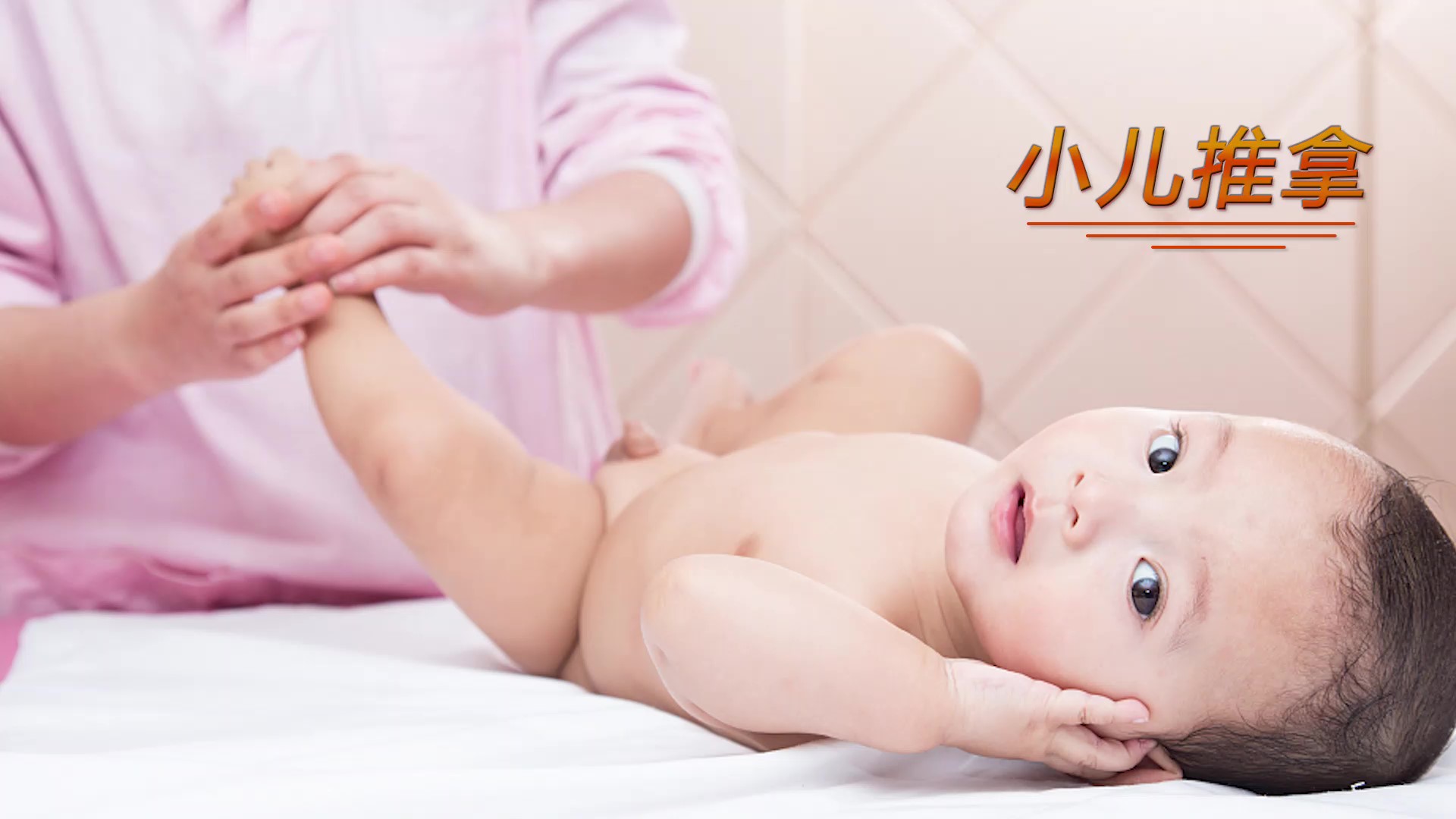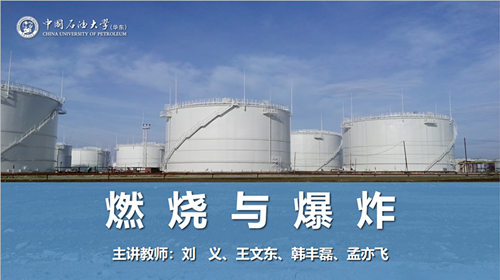
当前课程知识点:Chinese Ceramics > Unit 16 Chinese ancient ceramics > 16.1 Appreciation of Chinese ceramics > 16.1 Appreciation of Chinese ceramics
返回《Chinese Ceramics》慕课在线视频课程列表
这是什么呀
这是手绘青花瓷茶叶罐
这上面画的是荷花吗
对的
荷花有什么含义呢
荷花有两个含义
一种说法是“荷花出淤泥而不染,
濯清涟而不妖,”
在清澈的水面上婷婷玉立”
荷花象征着诚实优雅的品质
另一个说法是净土
代表纯洁和吉祥
那这个呢
这个是手绘陶罐
看,这上面还有龙呢
龙在中国传统文化中
是权势、高贵、尊荣的象征
又是幸运与成功的标志
太神奇了
大家好,欢迎来到课堂
今天我们来讲
中国陶瓷鉴赏
瓷器当然是中国发明的
这是大家公认的
用“china”这个词来表示瓷器
陶瓷产品是如何分类的
为了对陶瓷产品进行科学的分类
可能有必要在这里
对瓷器的特点进行界定
瓷器应呈白色、半透明
坚硬的瓷浆,会被钢铁刮伤
呈均匀、共振、玻璃化,破碎时
呈贝壳状断裂,晶粒细小,外观明亮
瓷器固有的这些特性使它
即使没有涂上釉都具有不透水
抵抗霜冻的作用
在上述浆料的特性中
半透明和玻璃化是陶瓷的最佳定义
也就是说,如果没有这两种品质中的任何一种
这种材料就会被认为是一种不同的陶器
如果浆料具有除半透明外的
所有其他性能,那么它就是石制品
如果膏体不是玻璃化的
它属于赤土陶器或彩陶的范畴
是的。中国人用“tz 'u”来定义瓷器
这个字最早出现在汉代的书籍中(公元前206年-221年)
是一种坚硬、致密、纹理细的陶器
他们通过打击乐发出的
清晰的音符,并通过测试它
是否能被刀子划伤来区分
他们强调浆料的白度或半透明度
所以当质地粗糙时,有些可能在这两点上不合格
然而,很难将这些元素
与瓷器的特性区分开来
瓷可以分成两类:
硬瓷和软瓷
中国所有的瓷器品种都是硬瓷的
瓷体主要由两种元素组成
哪两种元素组成呢
白色高岭粘土
这种粘稠的不易熔的元素
使瓷膏具有可塑性
以及长石
这种长石在高温下易熔
使瓷器具有透明度
自从被西方采用
两个中文名字已经成为经典
哪两个中文名字呀
“高岭土”(是景德镇地区开采的最好的瓷土)
和“白墩子”
(是一种精炼的白瓷土)
来自江苏省的长石是一种白色的致密岩石
带有浅灰色调
特征是石英的嵌入晶体
在吹管下完全融合成白色珐琅
在实际操作中
许多其他材料,如粉状石英和结晶砂
在中国瓷器制作过程中
加入了上述两种基本成分
而这两种成分差别很大
一种由“黄砖”制成的特殊浆料
源自坚硬
致密的岩石
在大型水磨中被捣碎
用于制作粗糙的陶器
据说这是一些高温烧制的单色釉的制作中必不可少的
中国瓷器的玉釉
与制作瓷器
所用的长石岩相同
最好的玉釉被作为釉料使用
选择统一的绿色调
特别是它们的脉络像树叶子
这是混合了石灰
经过反复燃烧的灰色石灰石
与蕨类植物
和从山腰上砍下来的灌木堆叠在一起
石灰的作用是什么
石灰的作用是提高长石的
可熔性
最好的釉料精华
和纯白的石灰水
分别加水
到相同浓度的泥中
然后按不同的比例
按量混合,制成釉料液体
这种釉料最后用刷子蘸涂
或通过注入的方式弄到坯体上
那么石灰石和白墩子的比例是多少
常规的的釉料是用七、八勺白墩子
和两、三勺石灰做成的
白墩子与石灰比例相等
或以石灰为主
这种釉料被发现为只适合粗陶器
中国瓷器的釉面通常含有石灰
正是石灰赋予了它特有的绿色或蓝色
但同时也有助于其表面的光泽度
和透明度的深度
这在更多的不含石灰的耐火釉中是不存在的
有趣的是
20世纪新瓷器的釉料
是用33%的白垩制成的
今天的课就到这里
感谢观看,下次再见
-1.1 Introduction
-1.2 Ceramics in Neolithic, East Han and Wei-Jin Dynasties
--Ceramics in Neolithic, East Han and Wei-Jin Dynasties
-1.3 Sui and Tang dynasties and Song Dynasty ceramics
--Sui and Tang dynasties and Song Dynasty ceramics
-1.4 Ming and Qing Dynasties
-Unit 1 test
--Unit 1 test
-Discussion questions
-2.1 The Unique Chinese Ceramic Culture
--The Unique Chinese Ceramic Culture
-2.2 The Historical Development of Chinese Ceramic Making
--The Historical Development of Chinese Ceramic Making
-2.3 Chinese Ceramic Shape Art
-2.4 Chinese Ceramic Painting Art
--Chinese Ceramic Painting Art
-2.5 Chinese Ceramic Folk Stories
--Chinese Ceramic Folk Stories
-Unit 2 test
--Unit 2 test
-Discussion questions
-3.1 CeramicCulture and the Zodiac
--CeramicCulture and the Zodiac
-3.2 The heritage of traditional ceramic culture
--The heritage of traditional ceramic culture
-3.3 The development and innovation of ceramic art
--The development and innovation of ceramic art
-Unit 3 test
--Unit 3 test
-Discussion questions
-4.1 Gorgeous Colored Pottery
-4.2 The Method of Making Colored Pottery
--The Method of Making Colored Pottery
-4.3 Primitive Colored Pottery Ⅰ
-4.3 Primitive Colored Pottery Ⅱ
-4.3 Primitive Colored Pottery Ⅲ
-4.4 Black Earthenware
-4.5 White Pottery and Primitive Porcelain
--White Pottery and Primitive Porcelain
-Unit 4 test
--Unit 4 test
-Discussion questions
-5.1 Terracotta Warriors in Qin Dynasty
--Terracotta Warriors in Qin Dynasty
-5.2 Potteries in Han Dynasty
-Unit 5 test
--Unit 5 test
-Discussion questions
-6.1 Dragon kiln and Celadon
-6.2 Yue Kiln and Wuzhou kiln
-6.3 Deqing Kiln and Ou kiln
-6.4 Longquan Wares
-6.5 Yaozhou Wares
-Unit 6 test
--Unit 6 test
-Discussion questions
-7.1 Tang Tri-Colored Pottery
--7.1 Tang Tri-Colored Pottery
--7.1 Tang Tri-Colored Pottery
-7.1Tang Tri-Colored Pottery
--7.1 Tang Tri-Colored Pottery
--7.1 Tang Tri-Colored Pottery
-Discussion questions
-Unit 7 test
--Unit 7 test
-8.1 The flourishing age of the Song Dynasty
--8.1 The flourishing age of the Song Dynasty
-8.2 The flourishing age of the Song Dynasty
--8.2 The flourishing age of the Song Dynasty
-8.3 Ding Wares
-8.4 Ru Wares
-8.5 Guan Wares
-8.6 Ge Wares
-8.7 Jun Wares
-Discussion questions
-Unit 8 test
--Unit 8 test
-9.1 Reasons for the maturity of Qinghua porcelain in Yuan Dynasty
--9.1 Reasons for the maturity of Qinghua porcelain in Yuan Dynasty
-9.2 The Invention of Blue-and-white Porcelain in the Tang Dynasty
--9.2 The Invention of Blue-and-white Porcelain in the Tang Dynasty
-9.3 Fine China Ware became the Symbol of ChinaⅠ
--9.3 Fine China Ware became the Symbol of ChinaⅠ
-9.3 Fine China Ware became the Symbol of ChinaⅡ
--9.3 Fine China Ware became the Symbol of ChinaⅡ
-9.3 Fine China Ware became the Symbol of ChinaⅢ
--9.3 Fine China Ware became the Symbol of ChinaⅢ
-9.4 The charm of QinghuaⅠ
-9.4 The charm of QinghuaⅡ
-9.4 The charm of QinghuaⅢ
-Discussion questions
-10.1 Da Ming Wucai
-10.2 Wooden engravings influence on Wucai porcelain
--10.2 Wooden engravings influence on Wucai porcelain
-10.3 Kangxi Wucai
-10.4 Liling Under-glaze multicolored porcelainⅠ
--10.4 Liling Under-glaze multicolored porcelainⅠ
-10.4 Liling Under-glaze multicolored porcelainⅡ
--10.4 Liling Under-glaze multicolored porcelainⅡ
-Discussion questions
-11.1 The advent of Fencai
-11.2 Fencai Porcelain in the Yong zheng period
--Fencai Porcelain in the Yong zheng period
-11.3 Fencai Porcelain in the Qianlong Period
--Fencai Porcelain in the Qianlong Period
-Discussion questions
-13.1 Zisha-pottery
-13.2 The Zisha Teapot
-13.3 The Zisha tea set in the Ming Dynasty
-Discussion questions
-14.1 Development of Contemporary Chinese ceramic art
--14.1 Development of Contemporary Chinese ceramic art
-14.2 The internationalization trend of Chinese modern ceramics
--14.2 The internationalization trend of Chinese modern ceramics
-14.3 A new style of contemporary ceramic art Ⅰ
--14.3 A new style of contemporary ceramic artⅠ
-14.3 A new style of contemporary ceramic art Ⅱ
--14.3 A new style of contemporary ceramic art Ⅱ
-14.4 The Trade of the Artisans Ⅰ
--14.4 The Trade of the Artisans Ⅰ
-14.4 The Trade of the Artisans Ⅱ
--14.4 The Trade of the ArtisansⅡ
-Discussion questions
-15.1 Unique Cloisonné technique
--15.1 Unique Cloisonné technique
-15.2 The Craftsmanship and Development of Cloisonné
--15.2 The Craftsmanship and Development of Cloisonné
-15.3 The Problems Facing the Inheritance of Cloisonné
--15.3 The Problems Facing the Inheritance of Cloisonné
-15.4 The inheritance and development of Cloisonné
--15.4 The inheritance and development of Cloisonné
-Unit 15 Test
--Unit 15 Test
-Discussion questions
-16.1 Appreciation of Chinese ceramics
--16.1 Appreciation of Chinese ceramics
-16.2 Explore the origins of ancient ceramics Ⅰ
--16.2 Explore the origins of ancient ceramics Ⅰ
-16.2 Explore the origins of ancient ceramics Ⅱ
--16.2 Explore the origins of ancient ceramics Ⅱ
-Unit 16 Test
--Unit 16 Test
-17.1 Traditional Chinese Decorative Patterns
--17.1 Traditional Chinese Decorative Patterns
-17.2 Application of Traditional Chinese decorative patterns in ceramics
--17.2 Application of Traditional Chinese decorative patterns in ceramics
-Unit 17 Test
--Unit 17 Test
-Discussion questions

